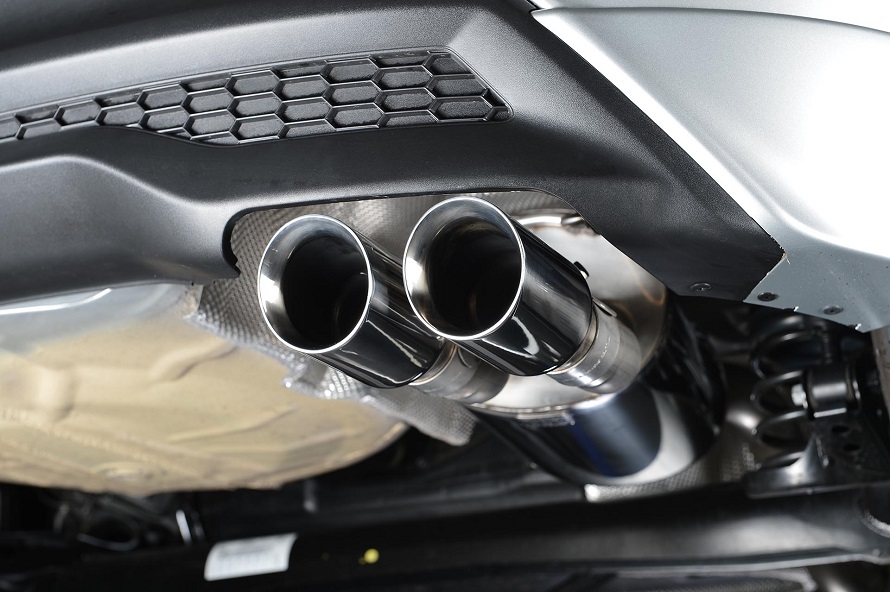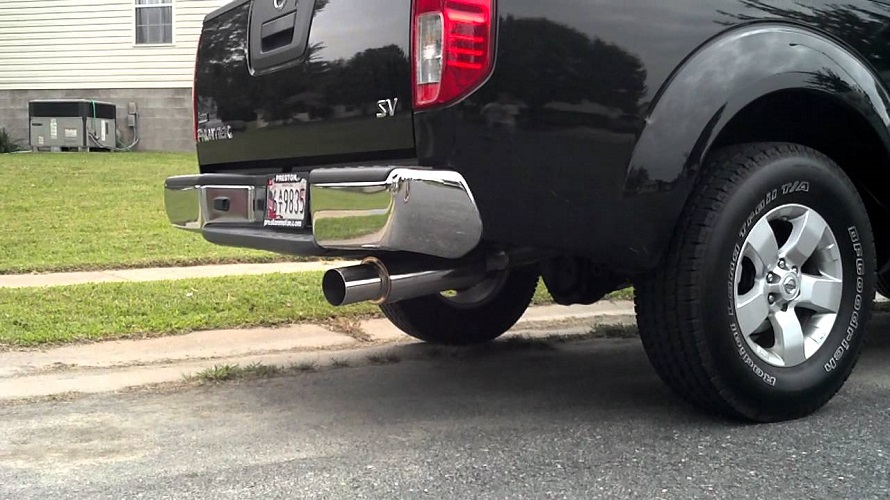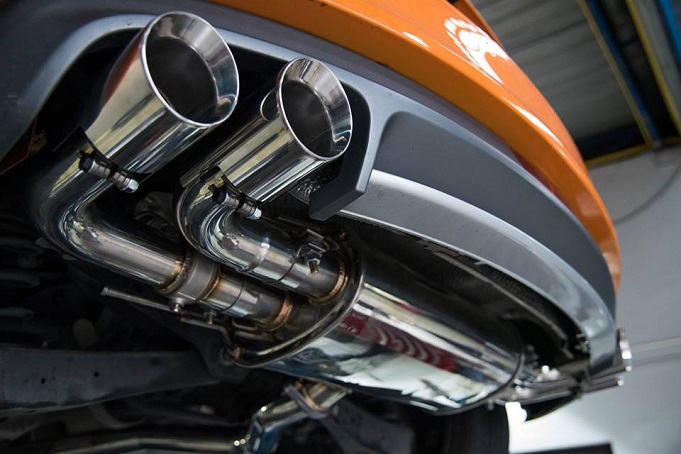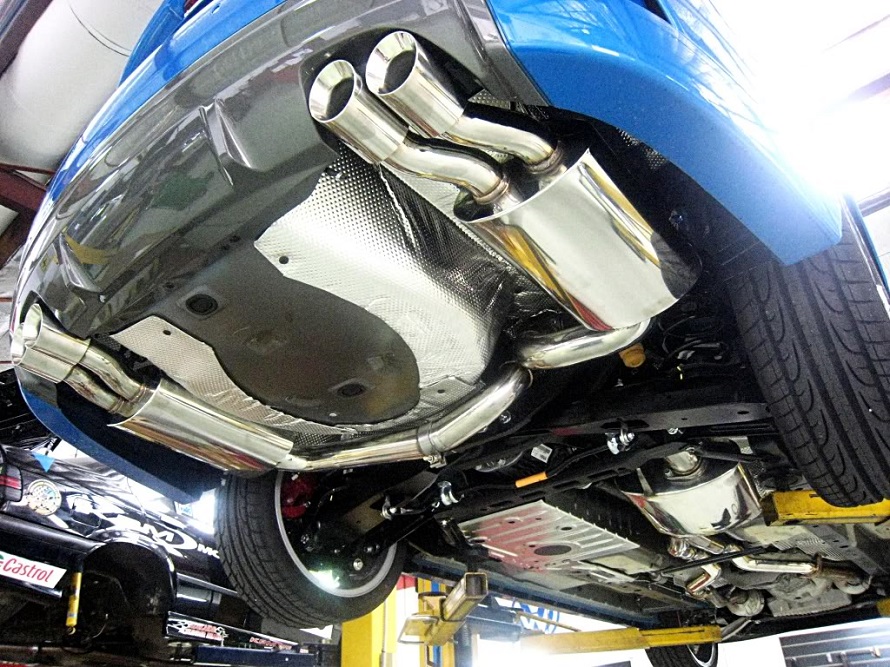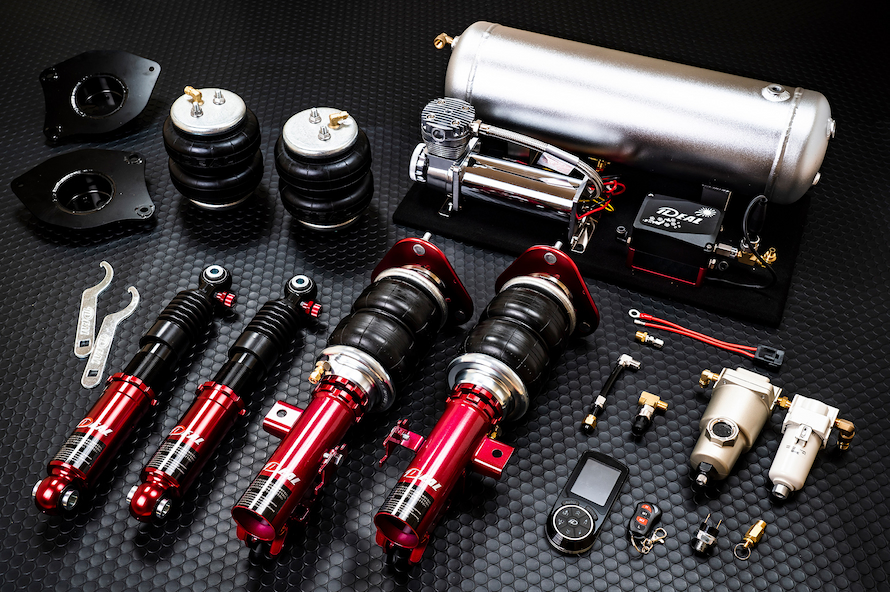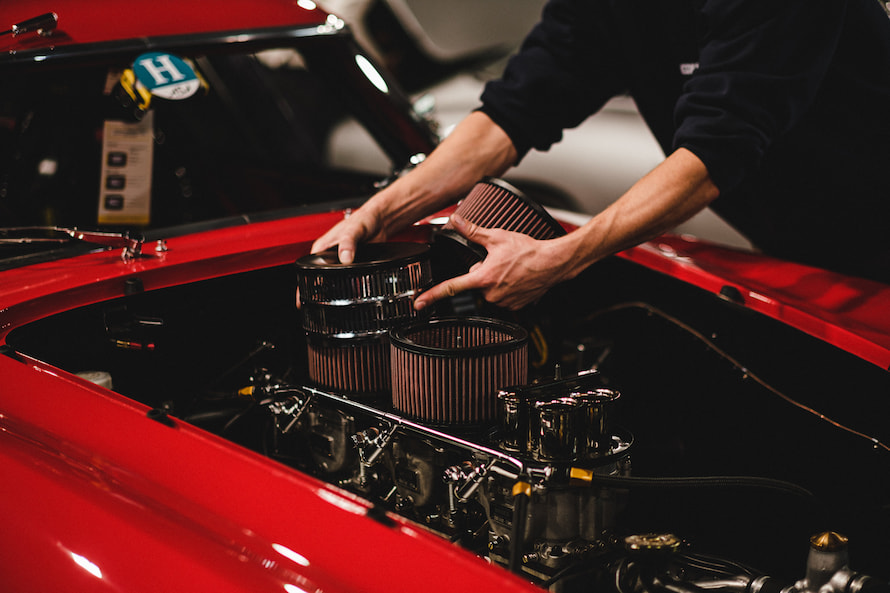Automotive
Unleashing the Power: Exploring the World of Performance Exhaust Systems
Stock exhaust systems, designed by automobile manufacturers to meet various regulatory requirements, often leave performance enthusiasts wanting more. These OEM (Original Equipment Manufacturer) exhaust systems prioritize cost-effectiveness, noise reduction, and emission standards over maximizing engine performance. However, for those seeking to unlock their vehicle’s full potential, aftermarket performance exhaust systems offer a compelling solution. In this article, we will delve into the limitations of stock exhausts, how performance exhaust manufacturers overcome these limitations, and what to consider when choosing an aftermarket performance exhaust system to ensure optimal fitment and performance gains.
The Limitations of Stock Exhaust Systems
Restricted Flow: Stock exhaust systems are typically engineered with narrow-diameter piping and restrictive bends. This design restricts the flow of exhaust gases, creating backpressure, and reducing the engine’s efficiency. As a result, horsepower and torque are limited, impeding overall performance.
Muted Sound: OEM exhausts prioritize quiet operation to meet noise regulations. While this ensures a comfortable driving experience, it often results in a subdued exhaust note that lacks the aggressive, sporty sound desired by enthusiasts.

Standard Materials: Many stock exhaust systems are constructed from cost-effective materials like mild steel. These materials are prone to corrosion, rust, and wear over time, leading to decreased durability and longevity.
How Performance Exhaust Manufacturers Overcome Limitations
Performance exhaust manufacturers specialize in creating exhaust systems that address the limitations of stock setups and provide a range of benefits:
Enhanced Flow: Performance exhaust systems feature larger diameter pipes, mandrel bends, and optimized mufflers to facilitate smoother exhaust flow. By reducing backpressure, these systems unlock additional horsepower and torque, resulting in improved acceleration and overall performance.
Aggressive Sound: Enthusiasts often opt for performance exhaust systems for the exhilarating auditory experience they offer. These systems are designed to produce a more pronounced exhaust note, ranging from a deep growl to a powerful roar, depending on personal preference.
High-Quality Materials: Performance exhausts are often crafted from premium materials such as stainless steel or titanium. These materials provide superior durability, corrosion resistance, and extended lifespan compared to stock mild steel exhausts.
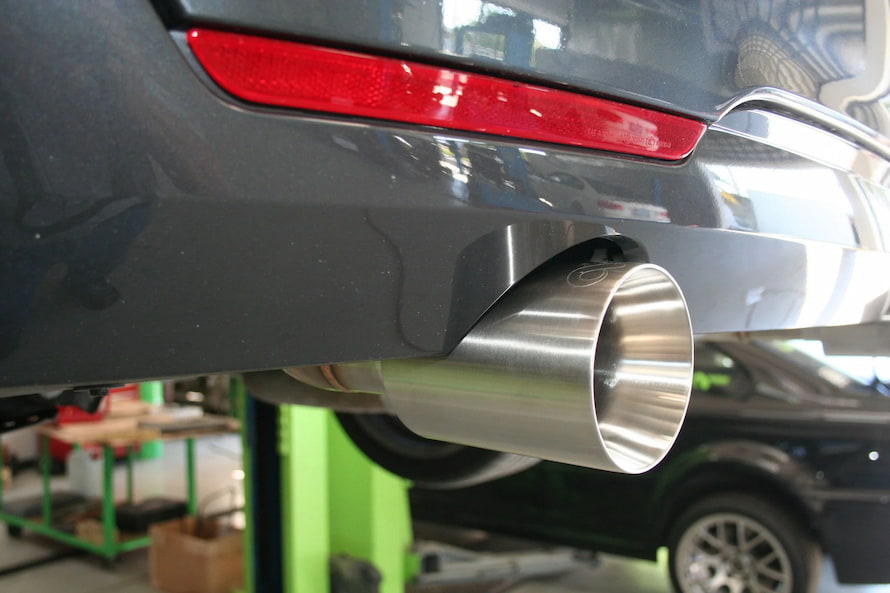
Customization: Aftermarket performance exhaust systems are available in various configurations, allowing drivers to tailor their exhaust setup to their specific preferences. Whether you seek a mellow tone for daily driving or an aggressive roar for track days, performance exhausts offer customization options.
Performance Gains: Performance exhaust systems are designed to deliver measurable performance gains. Depending on the system and vehicle, these gains can include increased horsepower, torque, and improved throttle response.
What to Look for in Aftermarket Performance Exhausts
Selecting the right aftermarket performance exhaust system is essential to ensure optimal fitment and performance gains. Consider the following factors:
Vehicle Compatibility: Ensure that the performance exhaust system you choose is compatible with your specific vehicle, including engine size, body style, and model year. Manufacturer guidelines can help you identify the right fit.
Mandrel Bends: Look for systems that incorporate mandrel bends in the piping. Mandrel bending maintains a consistent diameter throughout the bend, ensuring smooth exhaust flow and minimizing turbulence.
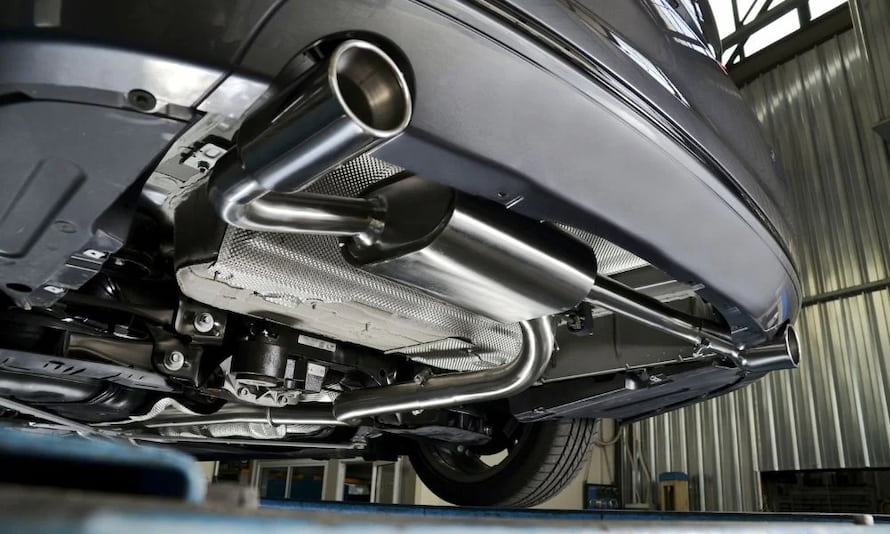
Material Quality: Invest in a performance exhaust system constructed from high-quality materials like stainless steel or titanium. These materials offer superior durability, corrosion resistance, and a longer lifespan.
Sound Preferences: Consider your desired exhaust note. Different systems produce varying sound profiles, so choose one that aligns with your preferences, whether it’s a deep rumble or an aggressive roar.
Performance Gains: Research and reviews can provide insights into the performance gains associated with a particular exhaust system. Evaluate how much horsepower and torque improvement you can expect.
Legal Compliance: Ensure that the aftermarket performance exhaust system complies with local noise regulations. Some systems may produce exhaust notes that exceed legal noise limits and could result in fines or penalties.
Professional Installation: While some enthusiasts opt for DIY installation, professional installation is often recommended. Experienced mechanics can ensure proper fitment and fine-tune the system for optimal performance gains.
Conclusion
Aftermarket performance exhaust systems offer an exciting avenue for vehicle customization, enhancing both performance and sound. By addressing the limitations of stock exhausts, these systems provide drivers with increased horsepower, torque, and a distinctive auditory experience. When selecting an aftermarket performance exhaust, consider factors such as vehicle compatibility, mandrel bends, material quality, sound preferences, performance gains, legal compliance, and professional installation. With the right choice, you can transform your vehicle into a high-performance machine that not only delivers exhilarating drives but also turns heads with its captivating exhaust note.



